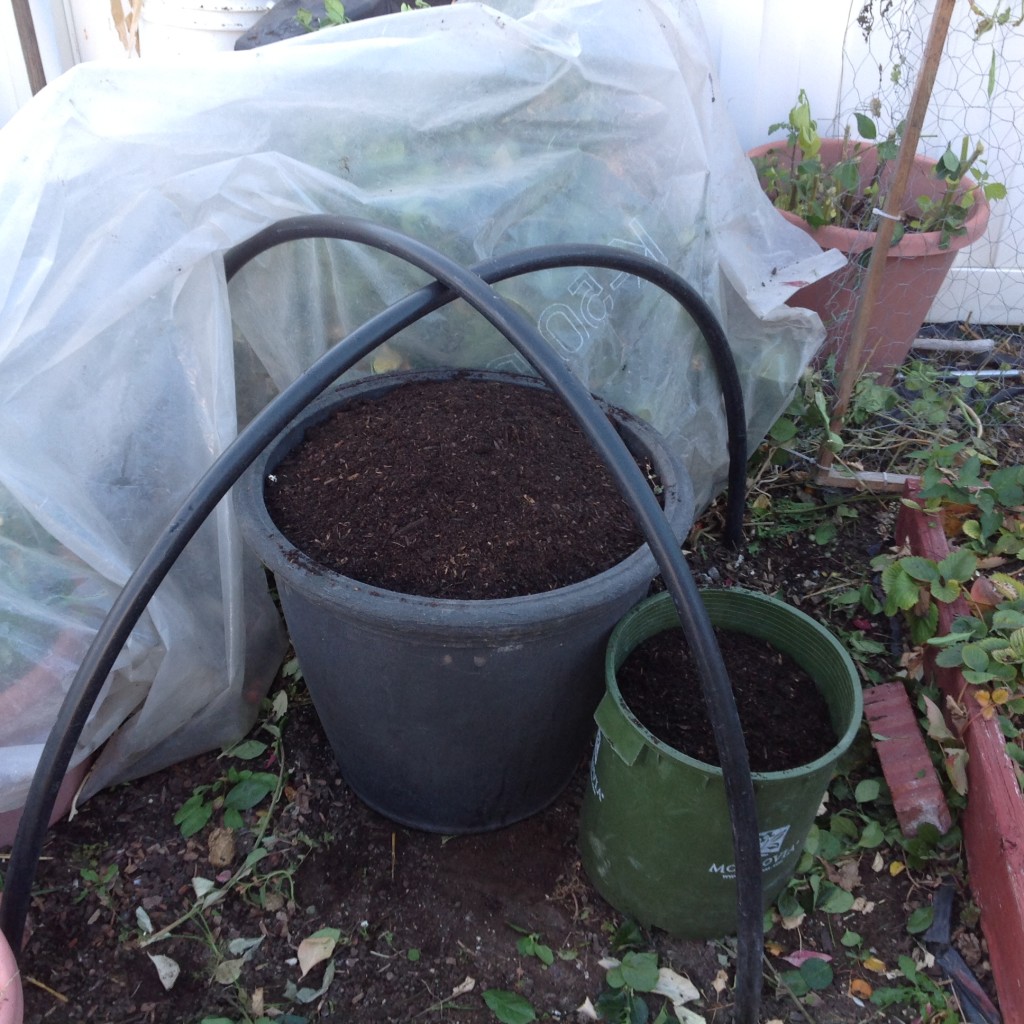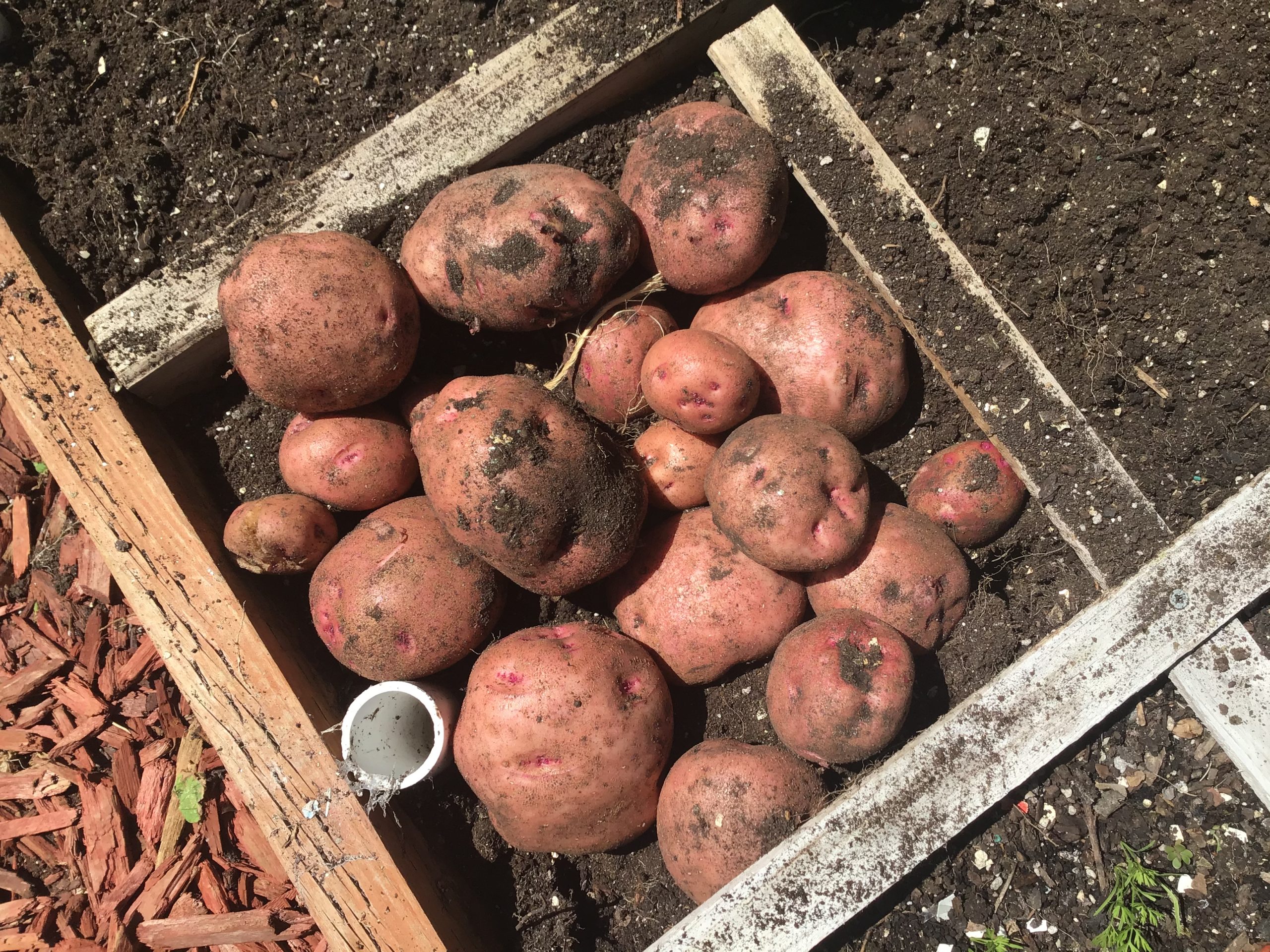 I’ve been able to make compost successfully for 15 years. It doesn’t matter if you’ve got a square foot garden or a traditional garden, making your own is the best way to do it. If done correctly, it’s 100% organic, and the best thing is it’s free! All with material produced from yard clippings, leaves, and uncooked kitchen waste.
I’ve been able to make compost successfully for 15 years. It doesn’t matter if you’ve got a square foot garden or a traditional garden, making your own is the best way to do it. If done correctly, it’s 100% organic, and the best thing is it’s free! All with material produced from yard clippings, leaves, and uncooked kitchen waste.
While doing an internship with the inventor of the square foot garden in Eden, Utah many years ago, we spent a lot of time making our own compost. We’d drive around town to pick up horse manure from a nearby farm, some finished compost from a local store, mushroom compost from a nearby neighbor, and maybe a trip to a chicken farm where they manufactured their own compost. We also had a supply of straw, brown corn stalks and shredded paper to round out the extra material.
We went to work making the compost-alternating green and brown material in layers, mixing it well, and then dampening the mixture with water as we went along. We didn’t have a fancy compost unit-only free wood pallets for local businesses that were turned vertically to make the containers into a “U” shape. We’d continued to alternate all ingredients until the pallets were full to the very top.
There are a few simple guidelines to follow that I learned from Mel, which I’ve written about previously. But one of the biggest things I forgot about was not to use more than 20% of any single ingredient. That was the source of my challenge this year. I knew something wasn’t right when I wasn’t making compost in my normal 6 weeks.
By mid-summer I didn’t have enough green or brown material because I used so much during the winter and spring season. I had some but not near enough to fill up the bin. And, quantity is one of the things that you need to consider.
So, I went down the street to pick up some free horse manure and I bought a bale of straw. I had read from an expert that this combination was one of the best to produce a good quality homemade compost. I started with a layer of straw, then horse manure, and then the small contents I had from my kitchen. I had no leaves. I layered to the very top and did all the things I normally do to produce a great compost in 6 weeks. But nothing was happening. After 10 weeks I knew something was wrong.
In the meantime I began composting my other bin-this time with my normal ingredients-food waste, dried clippings, spent garden material, shredded paper, manure, and leaves! Within a 2 week period of time it was easy to see that this pile was breaking down much quicker. It was heating up, losing volume, and the individual ingredients were getting harder and harder to recognize.
It’s taken a long time to get to the point, but as I thought about the problematic compost pile-I remembered the lesson. Never add more than 20% of any one thing. And, leaves,which have been dried, work marvelously in the compost bin-much better than their larger straw counterparts.
As we teach in the square foot gardening system-use the 4 “M’s” to make great compost in as little as 6 weeks.. Mix, mash, moisten, and move [ois skin=”1″]

